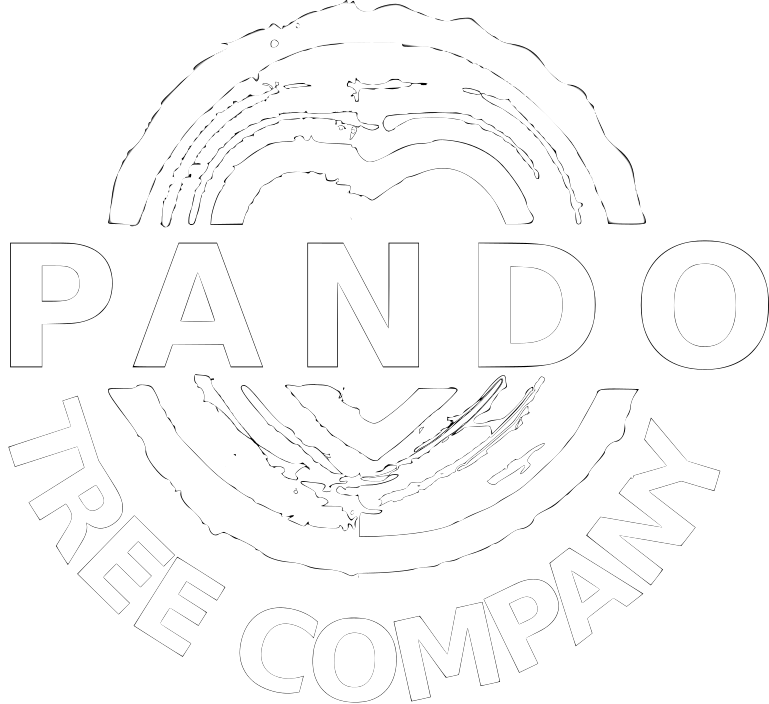How are shrubs different than trees?
Like trees, shrubs are anual plants with woody, above-ground stems. Some shrubs like mountain-mahogany, boxwood, dogwood, and lilac can develop into a tree. Some trees like some maples, oaks, cherry, and hawthorn can have shrub varieties! Unlike trees, shrubs tend to have many stems and grow to a mature height less than 20 feet.
The biggest differences between caring for shrubs vs. trees come from their role in a landscape design, their growth habit, and how they respond to pruning.
Caring for shrubs to maximize flower production
Shrubs tend to have more attractive flowers than trees and are often used in landscape design for this reason. With many shrubs, like lilac, it can be beneficial to prune off the flowers before they seed. Naturally, the plant will put its energy into developing seeds, but if there are no flowers to develop seed, that energy can go into producing more flowers or more buds. This is known as deadheading.
Flower production also benefits from suitable space within the shrub for sunlight penetration and airflow. If a shrub is too overgrown, a rejuvination prune may be required.
Rejuvenation Prunes (prescription for over-grown shrubs)
Because of the multistemmed nature of shrubs, they can grow very thick. This is problematic for several reasons.
- Multiple stems can get so thick that they shade out their center. When this occurs, much of the interior either dies or the plant develops long spindly stems with few branches.
- Over-grown shrubs have many crossing stems that can damage each other.
- When shrubs get too thick it reduces the total surface area of green foliage. For flowering species, this means fewer flowers.
To restore neglected shrubs to their full beauty requires a rejuvenation prune. When done correctly, a rejuvenation prune requires well-guided pruning several years in a row. In the first year, certain stems are selected for removal and all deadwood is removed; a second batch of stems are removed in the second year; and in the third year, a final batch of stems are removed. After a well-done rejuvenation prune is complete, there is only new growth.
Hedging vs. Natural Pruning.
Hedging is a common practice that uses powered hedging tools. It is relatively easy to do, but leads to poor sturctures. After hedging, the branches produce thick growth that lead to a very dense exterior. The interior gets no light or airflow, and it cannot shed it's dead parts, or grow new leaves. Some species can be hedged with success, but more commonly hedging is poorly prescribed.
A natural prune is accomplished by making precise pruning cuts using hand-snips or loppers. Geometric shapes can still be accomplished if desired. It takes a little longer, but the result is a much healthier and beautiful plant.
Contact Us!
Fill out our contact form here for a free estimate on shrub maintenance.

